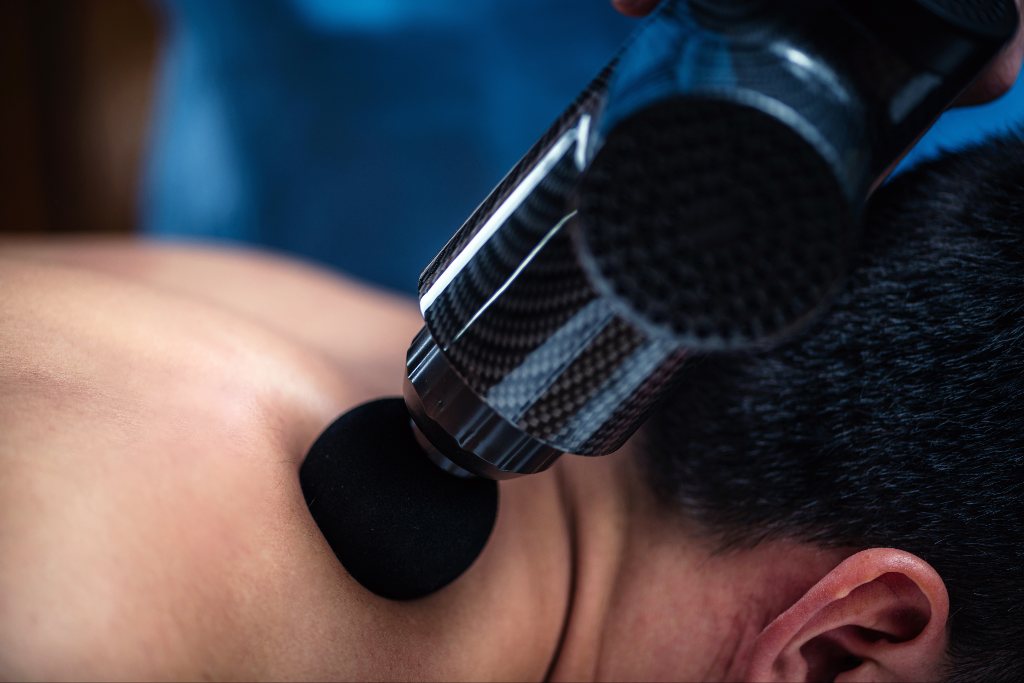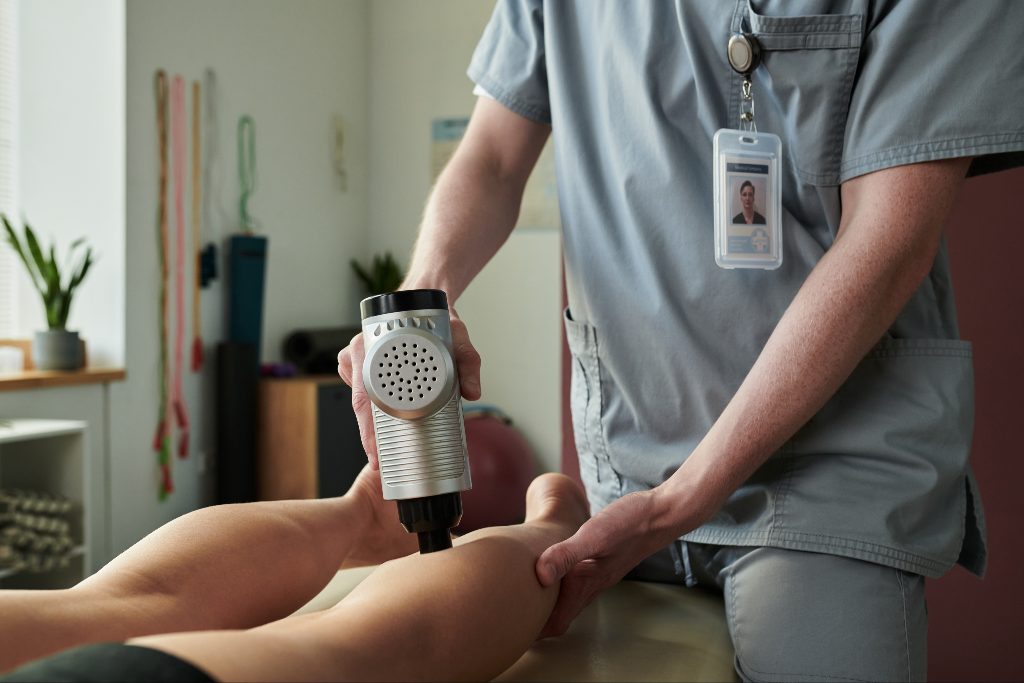Shockwave therapy has gained widespread traction in medical and rehabilitation settings for its ability to address stubborn pain and musculoskeletal injuries. But with so many treatment options available, many patients and healthcare providers still ask: Is shockwave therapy a legitimate management option? The short answer is yes. Backed by extensive research and decades of clinical use, shockwave therapy is a proven solution for many chronic conditions, especially those that fail to respond to conservative treatment.
Understanding What Shockwave Therapy Does
Shockwave therapy uses acoustic energy pulses to stimulate healing in damaged tissues. These high-energy waves penetrate deep into affected areas, promoting blood flow, reducing inflammation, and triggering cellular repair mechanisms. It is commonly used to manage conditions such as:
- Plantar fasciitis
- Tendinopathies (Achilles, patellar, rotator cuff)
- Tennis and golfer’s elbow
- Calcific shoulder tendinitis
- Shin splints
- Delayed bone healing or non-unions
Unlike surgical interventions or long-term medication regimens, shockwave therapy targets the root of the issue without breaking the skin or requiring anesthesia.
What Makes Shockwave Therapy Effective?
 One of the main reasons shockwave therapy is considered a legitimate management option is its biological effect on tissue regeneration. It does more than mask pain; it promotes the body’s own repair process. Scientific studies consistently demonstrate measurable improvements in mobility, pain reduction, and tendon healing following treatment.
One of the main reasons shockwave therapy is considered a legitimate management option is its biological effect on tissue regeneration. It does more than mask pain; it promotes the body’s own repair process. Scientific studies consistently demonstrate measurable improvements in mobility, pain reduction, and tendon healing following treatment.
Additional benefits include:
- Non-invasive delivery
- Minimal recovery time
- Outpatient sessions with no need for extended downtime
- Long-lasting outcomes in many chronic cases
This therapy is also valued for its versatility. From orthopedic clinics to sports medicine centers and even urology or dermatology applications, shockwave therapy plays a role in helping patients return to active lifestyles.
Who Can Benefit from Shockwave Therapy?
Shockwave therapy is ideal for individuals dealing with persistent pain that hasn’t responded to rest, bracing, or exercise therapy. It is especially well-suited for:
- Athletes experiencing recurring tendon injuries
- Workers with repetitive strain injuries
- Older adults dealing with chronic joint pain
- Post-operative patients seeking non-pharmacologic pain relief
Because it is non-surgical and low-risk, shockwave therapy can be used in conjunction with other rehabilitation approaches or as a standalone treatment when other efforts fall short.
Addressing Concerns and Misconceptions
Some skepticism around shockwave therapy stems from early consumer-market devices or outdated clinical practices. Today’s medical-grade shockwave systems are regulated and administered by trained professionals using established protocols. Treatment typically involves a brief series of sessions and may cause mild discomfort during application, but this is temporary and manageable.
Importantly, shockwave therapy is not experimental. Its mechanism, safety profile, and outcomes are well-documented. It continues to evolve with better targeting technologies and protocol refinement, but its foundational value is well-established.
Conclusion: A Proven Approach Worth Considering
So, is shockwave therapy a legitimate management option? Absolutely. From chronic plantar fasciitis to calcific tendinitis, it is a reliable, clinically endorsed, and well-understood intervention. For those facing long-term pain and limited function despite other efforts, shockwave therapy offers a smart, science-backed pathway to recovery.

